I found a good deal on a used Whynter ARC-14SH dual hose portable air conditioner and have installed it in the storage room off my garage. If I leave the door open it can help cool the rest of the garage, or if I close the door, it can condition the air in just the storage room quite easily.
I wanted something a little more permanent and secure than the included plastic window adapter kit, so I cut a piece of 1/2″ plywood to fit inside some convenient pre-existing slots in my single hung window, attached the hose end-plates to it and painted it with exterior paint. The board fits into the window just inside the existing screen, so I don’t have to worry about bugs getting into the inside of my AC unit. Here is a video montage of building the window adapter.
I was considering a window mount unit, but this portable unit gives me the flexibility to mount it inside the garage later (venting out the ceiling to the Fascia) or wheel it into the house to use to cool a single room if the main AC goes out. Obviously, having outside and hot exhaust air cycle through two hoses inside the conditioned space is slightly less efficient than a window unit, but it’s much better than a single hose portable AC unit, which will cause outside air to slip into your building as it exhausts it’s waste heated air. It also presents a cleaner look on the outside of the window. (It does take up more floor space inside the room however….)
The EER rating for this unit is 11.2 according to the Home Depot website. A comparably priced 14,000 BTU Energy Star window air conditioner from GE has an EER rating of 11.8, so from an efficiency standpoint the portable dual hose model isn’t terrible.
The unit draws a maximum of 10.5 amps, and appears to hover around 1050 watts when the compressor is running and 45-65 watts to just run the fan, depending upon what speed the fan is set to. I usually leave the fan on low if only cooling the storage room, and turn it to high when cooling the rest of the garage. The compressor is at least as noisy as the fan in “high” mode, so don’t expect “low” mode to be quiet AND condition the air at the same time, although you can run the unit in “fan only” mode if you just want to circulate air. The unit is a bit noisy (56 dBA). This is not bad for a workshop, but could be an issue in a bedroom or media room. (In comparison, a nice mini-split ductless AC unit usually runs closer to 34 dbA.)
In AC mode it uses the collected water to evaporatively cool the hot side, and exhausts the humidity with the rejected heat, so in my experiance doesn’t need to be otherwise drained. (This hot moist exhaust air is another good reason to paint the entire adapter board with exterior paint.)
If you run it in “dehumidifier” mode (where it attempts to remove water vapor without putting too much energy into cooling) you are supposed to vet the exhaust air back into your conditioned space to prevent “cooling” from happening. (Living in Florida, this probably isn’t an issue for me….). But, you also need to remove the collected water. Because this is primarily an AC unit, it doesn’t have a large water reservoir, so to use it effectively as a dehumidifier, you will NEED to rig up a permanent drain hose of some type. And, because the drain is located about 2″ above the floor, you may need a pump system unless have have a conveniently located floor drain nearby. I haven’t tested the heating mode, but according to the manual it has one that will work with outside air down to 45 °F. It also has some timer modes to turn on or off after a set number of hours which I also haven’t used yet.
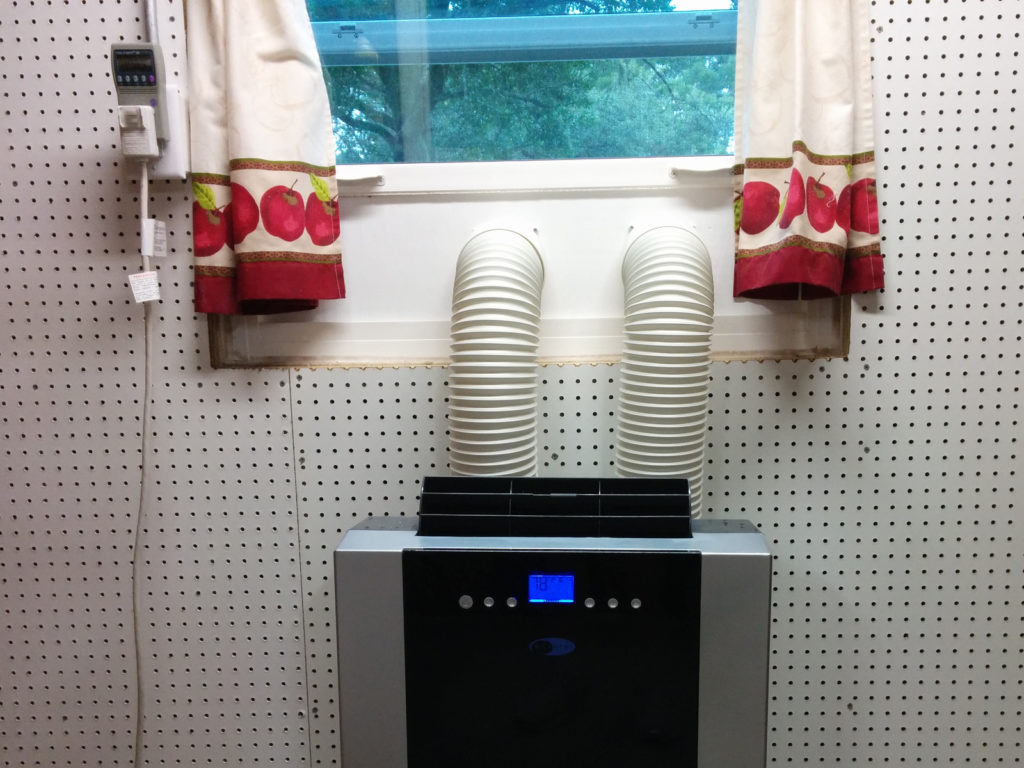
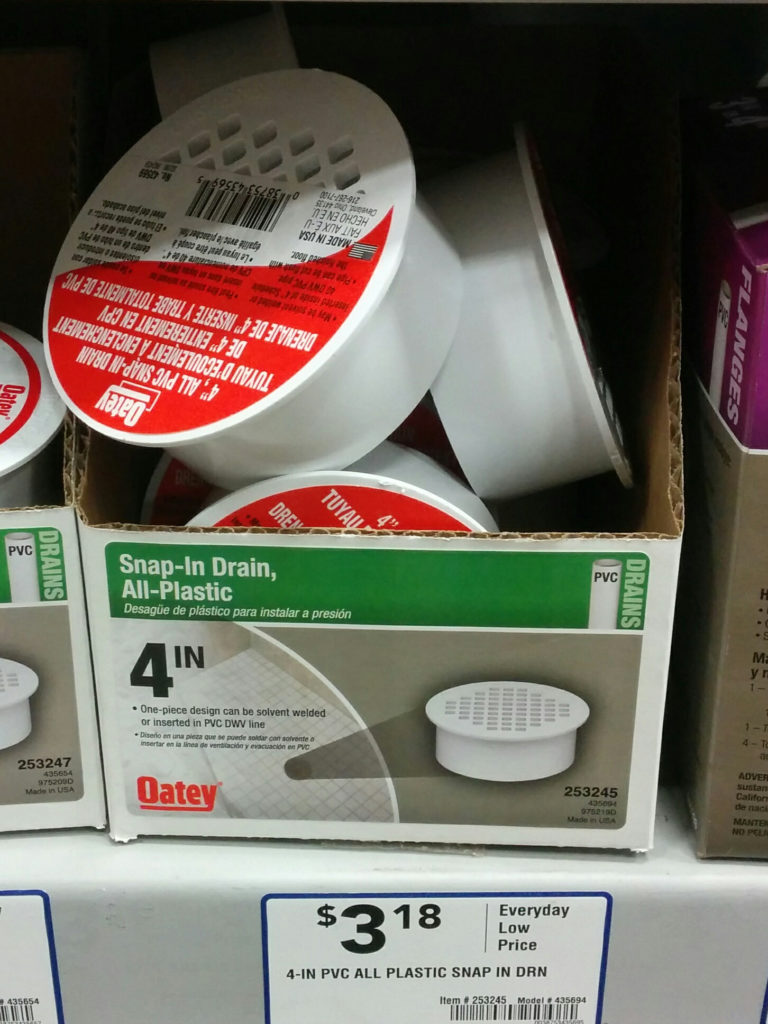
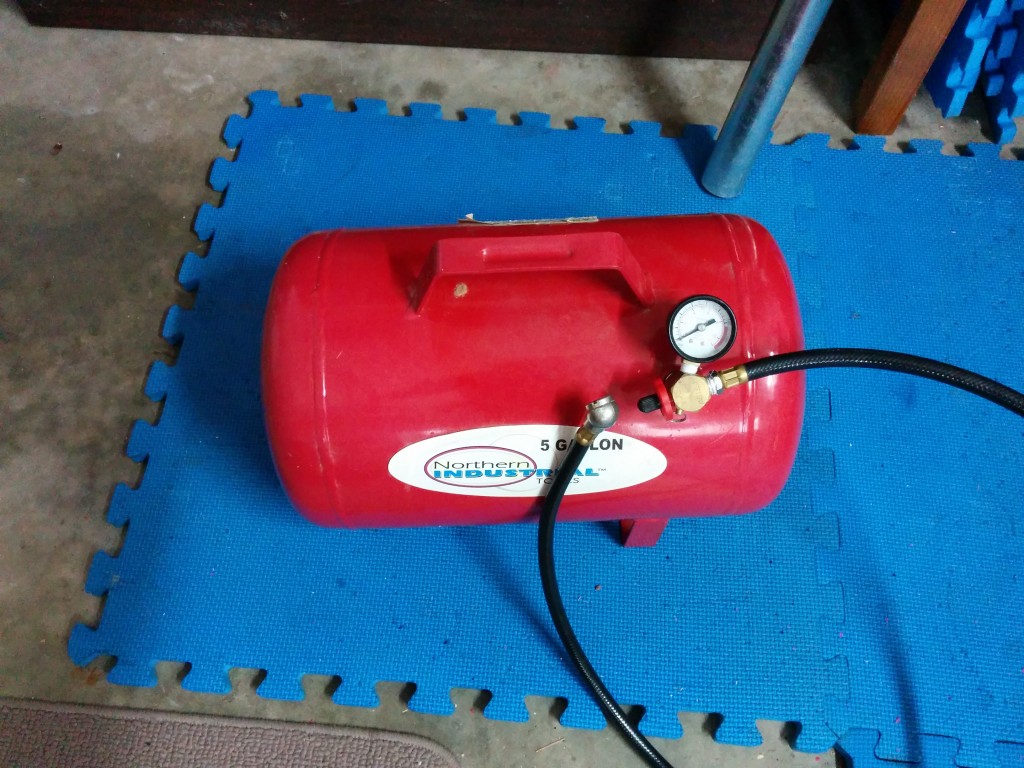
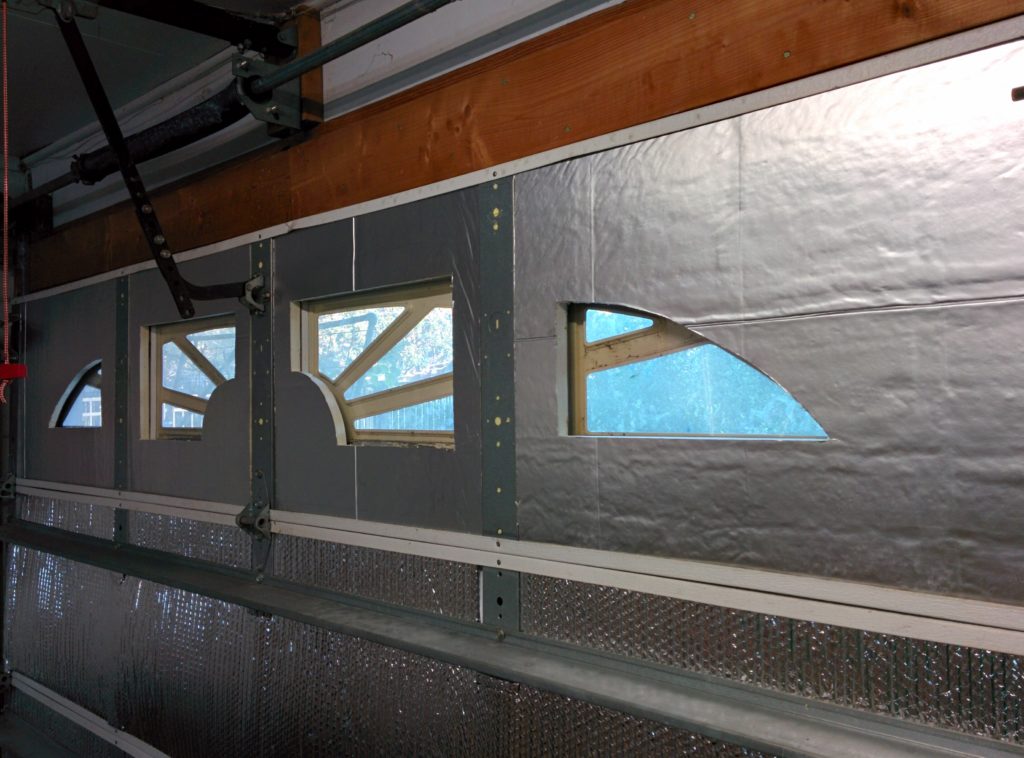
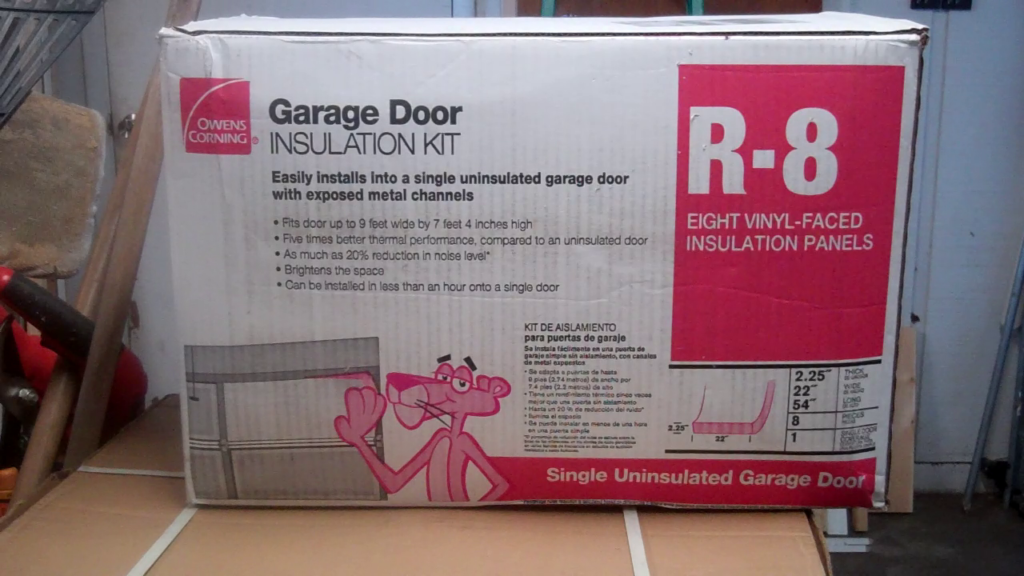
Pingback: Easy 4″ exhaust vent outlet | Jay's Technical Talk
Good evening,
I am a single mom who recently purchased a gas dryer and looking for a cost effective solution to vent it through a window similar to yours. This technique looks like it can be used to accomplish that. Am I correct? Can you offer any advice as to what I could use, maybe plexiglass. I came across ventworks but didn’t want to spend the money to purchase the window vent.
You could use a piece of plywood to block out the open part of the window as I have done. However, you will need to purchase a “dryer vent” to put into the plywood that is rated to exhaust heated dryer air. (The plastic parts that come with the Whynter are suitable for AC units, but not dryers.) Plexiglas may work, but I would be concerned about it potentially melting around the vent depending on the temperature of the dryer exhaust air. (If you had a “double walled” vent going through it this wouldn’t be a problem.)